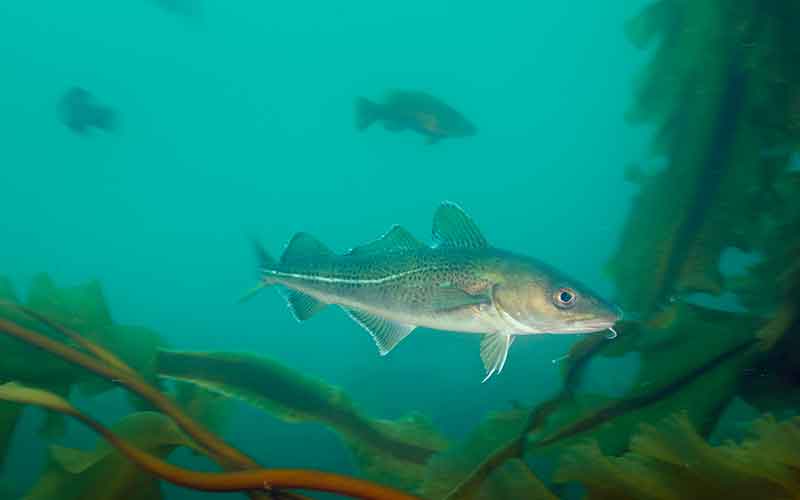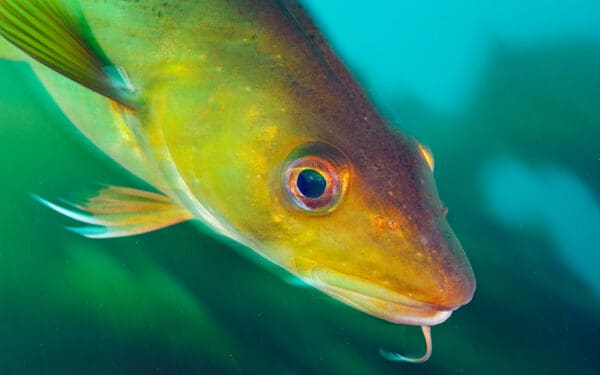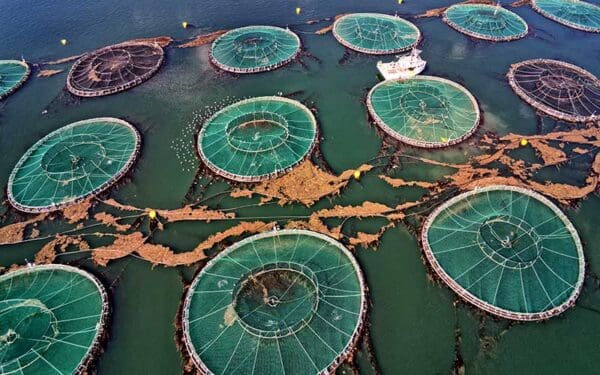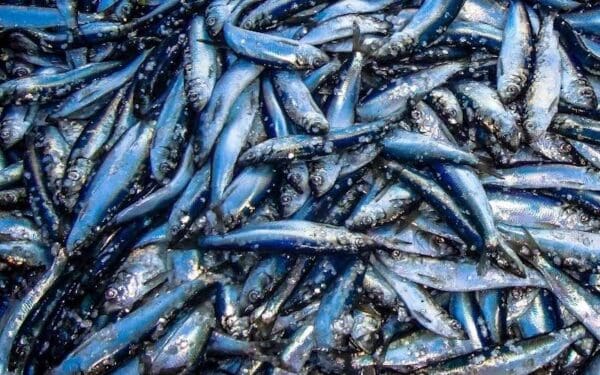
Regional fishery managers have the opportunity to collect more accurate data and help put cod on the path to recovery. Photo: Brian Skerry
Sustainable fisheries management relies on science-based decision-making. But for years, fishery managers in New England have operated from a place of incomplete information about how many fish are actually caught every year. Our fish stocks – including our iconic Atlantic cod – have suffered as a result.
Right now, our regional fishery managers have the opportunity to collect more accurate data by improving the at-sea monitoring program in New England’s groundfish fishery. This management action, called Amendment 23, can help put cod on a path to recovery.
Fishery managers have postponed their final vote on the amendment, but we can still make our voices heard in support of better monitoring.
What is At-Sea Monitoring?
At-sea monitoring is required in New England’s groundfish fishery to collect key data. This includes how much of each fish stock is caught – including the fish discarded overboard – where the fish is caught, and what gear is used to catch it. Currently, a person must be physically present on a boat to monitor the trip. But some successful pilot projects have collected this data electronically using cameras mounted on the fishing vessel.
The at-sea monitoring program is was established in 2010 when the groundfish fishery transitioned to the “sector system” and quota-based management. Under the new systems, groups of individual commercial groundfish fishermen voluntarily join together to self-manage a certain amount of fish. Managers recognized that accurate catch data is critical to setting and enforcing effective catch limits and to the overall success of the sector system.
The intention of that at-sea monitoring program was to provide scientists and managers with a more complete picture of a fishery and what is actually caught. But it’s become clear that too few fishing trips are monitored to do so.
Why Do We Need to Improve Monitoring?
To get a clear picture of the fishery, we need 100 percent monitoring on all groundfish sector trips. Since 2010, managers have set monitoring coverage targets ranging from 14 to 40 percent of trips. Even if these targets are achieved – and they often are not – recent analyses confirm that this low coverage level is inadequate for sustainable management. That’s because there is an accountability issue in the fishery.
The current program assumes that the data collected on observed trips is representative of unobserved trips. This is false. It’s like assuming that people drive the same way when a police car is behind them as when there’s not. Similarly, analyses show that fishermen alter what they catch and keep when a monitor is on board their vessel.
In fact, current low catch limits for overfished stocks, like cod, actually incentivize fishermen to throw cod overboard on unobserved trips. By not bringing the cod to shore, they prevent these fish from counting against the stock’s low catch limit, which allows them to keep fishing. There are estimates that up to 3,000 pounds of cod were discarded on unobserved commercial fishing trips in 2018, but these fish are missing from any data available to scientists and managers. Illegal discarding and misreporting are direct results of inadequate at-sea monitoring.
While this behavior may keep fish stocks under catch limits on paper, it paints an inaccurate picture of how many fish are actually caught and killed. Without accurate data, stock assessments are flawed, and ultimately, fishery managers cannot prevent overfishing – as required by law.
How Can Amendment 23 Help Cod?
The New England Fishery Management Council is in the final stages of developing Amendment 23, which offers various alternatives to improve the at-sea monitoring program.
CLF is advocating for 100 percent at-sea monitoring in New England’s groundfish fishery. We also support the option to use electronic monitoring, with cameras running 100 percent of the time, instead of human at-sea monitors.
The benefits of 100 percent monitoring are clear. With 100 percent monitoring, groundfish sector fishermen will be accountable to their catch limits, which reduces the chances of overfishing. Scientists and managers will also be able to use this data to make more informed decisions for the fishery, such as constraining catch when necessary, which can help rebuild overfished stocks like cod.
Also, despite good intentions, humans make mistakes and can be prone to bias. This applies to human at-sea monitors as well. Electronic monitoring via cameras can help improve the quality of data collected through the at-sea monitoring program. There is an up-front cost to acquire the cameras and equipment. But it is an investment that, over-time, offers a more flexible and cost-effective option compared to human at-sea monitors. Some outside funding has supported electronic monitoring already, and we support continued financial assistance to help fishermen make the transition.
Join us in advocating for better fishery management: you can send in public comments on Amendment 23 until June 30. Let the New England Fishery Management Council know you support 100 percent at-sea monitoring, including the option to use 100% electronic monitoring. With these improvements, fishery managers and scientists will have the information they need to sustainably manage New England’s groundfish fishery – both for our fishing communities and our vulnerable fish species.




